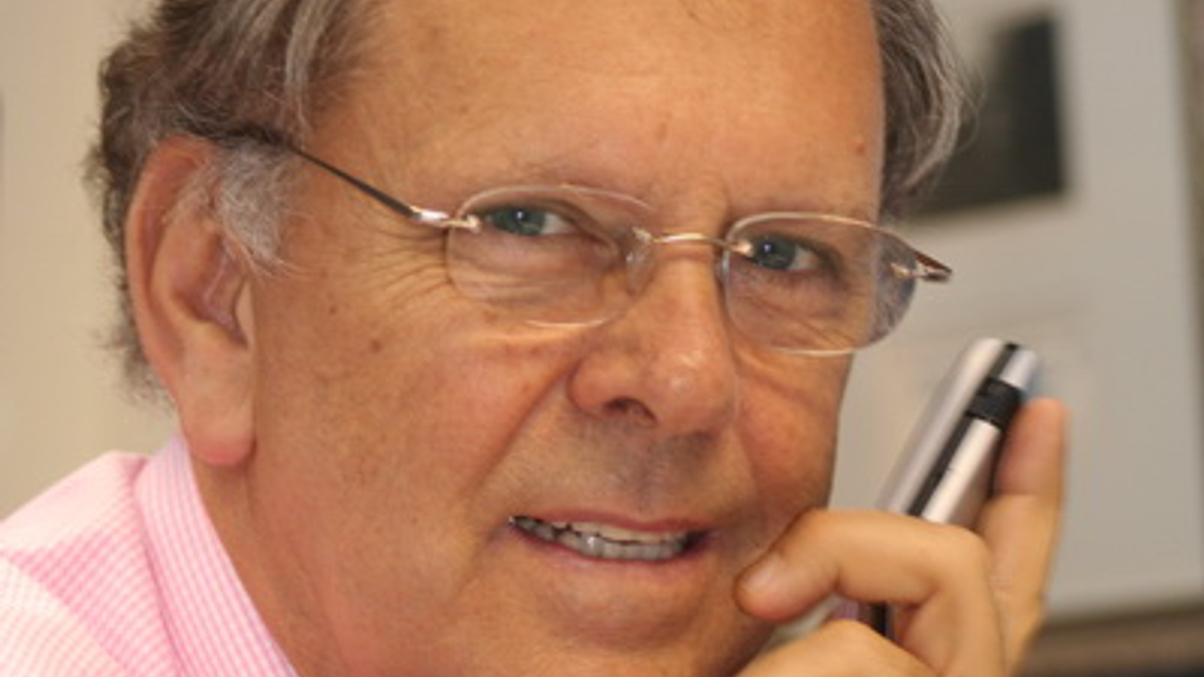South African FoHF manager sets up in Hong Kong
Skybound Capital has relocated CIO Michael Tostée to Hong Kong and hired manager Theodore Shou in a drive to double AUM within three years.

Skybound Capital has become the first South African fund-of-hedge-fund (FoHF) manager to set up in Hong Kong as it seeks to double its AUM to $500 million within three years.
Sign In to Your Account
Access Exclusive AsianInvestor Content!
Please sign in to your subscription to unlock full access to our premium AI resources.
Free Registration & 7-Day Trial
Register now to enjoy a 7-day free trial—no registration fees required. Click the link to get started.
Note: This free trial is a one-time offer.
¬ Haymarket Media Limited. All rights reserved.


